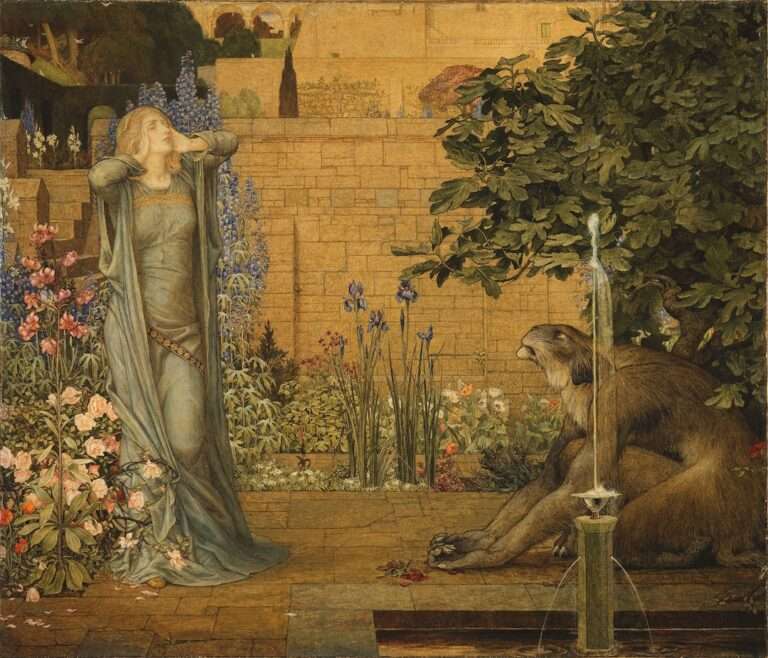The Symbolism of Hues in Travel and Tourism

Introduction to the Significance of Color in Travel and Tourism
Colors are an essential aspect of the travel and tourism industry. They have the power to evoke emotions, create moods, and influence perceptions. Understanding the psychology of color can be a valuable tool for businesses in the industry to attract and engage customers. Whether it’s the vibrant reds of adventure sports destinations or the calming blues of beach resorts, colors play a crucial role in shaping the overall experience for travelers.
The Psychology of Color: How Hues Affect Our Emotions and Perceptions
Different colors have different meanings and associations. Warm colors like red, orange, and yellow tend to create excitement and energy. They are often used in marketing materials for adventure sports and activities, as they can evoke a sense of thrill and enthusiasm. On the other hand, cool colors like blue, green, and purple create a sense of calmness and relaxation. These colors are commonly used in marketing materials for beach destinations and spa resorts, as they can create a serene and tranquil atmosphere. Neutral colors like black and white can evoke a sense of history and tradition, making them suitable for marketing materials for historical sites and landmarks.
Red: The Color of Passion and Energy in Travel Destinations
Red is a color associated with passion, energy, and excitement. It is often used in marketing materials for adventure sports destinations as it can evoke a sense of thrill and adrenaline. Examples of destinations that use red in their branding include Las Vegas and Rio de Janeiro. The vibrant reds used in their logos and promotional materials create a sense of excitement and energy, enticing travelers to visit these destinations.
Blue: Serenity and Tranquility in Tourist Spots Around the World
Blue is a color associated with serenity, tranquility, and relaxation. It is often used in marketing materials for beach destinations and spa resorts as it can create a calming atmosphere. Examples of destinations that use blue in their branding include the Maldives and Santorini. The use of shades of blue in their promotional materials helps create a sense of serenity and tranquility, appealing to travelers seeking a peaceful and relaxing vacation.
Green: The Color of Nature and Sustainability in Ecotourism
Green is a color associated with nature, sustainability, and eco-friendliness. It is often used in marketing materials for national parks and eco-tourism destinations as it can evoke a sense of connection with the environment. Examples of destinations that use green in their branding include Costa Rica and New Zealand. The use of green in their promotional materials helps convey their commitment to preserving nature and promoting sustainable tourism.
Yellow: Sunshine and Happiness in Popular Vacation Spots
Yellow is a color associated with sunshine, happiness, and optimism. It is often used in marketing materials for beach destinations and family-friendly attractions as it can create a sense of warmth and joy. Examples of destinations that use yellow in their branding include the Bahamas and Orlando. The use of bright yellows in their promotional materials helps create a vibrant and cheerful atmosphere, attracting families and sun-seekers.
Purple: Royalty and Luxury in High-End Travel and Hospitality
Purple is a color associated with royalty, luxury, and sophistication. It is often used in marketing materials for high-end hotels and resorts as it can create an aura of exclusivity. Examples of destinations that use purple in their branding include Dubai and Monaco. The use of rich purples in their promotional materials helps convey a sense of luxury and elegance, appealing to discerning travelers seeking a lavish experience.
Orange: Warmth and Vibrancy in Cultural Experiences and Festivals
Orange is a color associated with warmth, vibrancy, and excitement. It is often used in marketing materials for cultural experiences and festivals as it can create a sense of energy and celebration. Examples of destinations that use orange in their branding include India and Thailand. The use of vibrant oranges in their promotional materials helps convey the lively and vibrant nature of their cultural events and festivals.
Black and White: Contrasting Colors in Historical Sites and Landmarks
Black and white are colors associated with history, tradition, and contrast. They are often used in marketing materials for historical sites and landmarks as they can create a sense of nostalgia and timelessness. Examples of destinations that use black and white in their branding include Rome and Paris. The use of black and white in their promotional materials helps convey a sense of heritage and cultural significance, attracting travelers interested in exploring the past.
Colorful Celebrations: Festivals and Events Around the World that Embrace Color
Many festivals and events around the world embrace color as a way to celebrate culture and tradition. These events can be a great way for travelers to experience local culture and traditions. Examples include Holi in India, Carnival in Brazil, and Dia de los Muertos in Mexico. These events are known for their vibrant colors, which create a festive atmosphere and provide a unique cultural experience for travelers.
Conclusion
Colors play a significant role in the travel and tourism industry. Understanding the psychology of color can help businesses attract and engage customers. Whether it’s red for excitement or green for sustainability, colors have the power to evoke emotions and create memorable experiences for travelers. By strategically using colors in their branding and marketing materials, businesses can create a strong visual identity that resonates with their target audience, ultimately leading to increased customer engagement and loyalty.
If you’re interested in exploring the fascinating world of color symbolism in travel and tourism, you might also enjoy reading about the symbolism of the moon. The moon has long been associated with various meanings and interpretations across different cultures. From representing femininity and intuition to symbolizing cycles and transformation, the moon holds a significant place in our collective consciousness. To delve deeper into this topic, check out this insightful article on symbolismhub.com.
FAQs
What is color symbolism?
Color symbolism is the use of colors to represent ideas or emotions. Different colors can have different meanings in different cultures and contexts.
How is color symbolism used in travel and tourism?
Color symbolism is used in travel and tourism to create a certain mood or atmosphere, to convey cultural meanings, and to attract visitors. For example, warm colors like red and orange are often used in marketing materials to create a sense of excitement and energy, while cool colors like blue and green are used to create a sense of calm and relaxation.
What are some examples of color symbolism in travel and tourism?
Some examples of color symbolism in travel and tourism include the use of blue and white in Greek tourism to represent the country’s clear skies and sparkling seas, the use of red and gold in Chinese tourism to represent good luck and prosperity, and the use of green in ecotourism to represent environmental sustainability.
How does color symbolism vary across cultures?
Color symbolism can vary widely across cultures. For example, in Western cultures, white is often associated with purity and innocence, while in some Asian cultures, it is associated with death and mourning. Similarly, red is often associated with love and passion in Western cultures, while in some African cultures, it is associated with danger and evil.
How can businesses use color symbolism in their marketing?
Businesses can use color symbolism in their marketing by choosing colors that align with their brand values and messaging. For example, a luxury hotel might use gold or silver to convey a sense of sophistication and elegance, while a budget airline might use bright colors to convey a sense of fun and affordability. It’s important to consider cultural differences and context when choosing colors for marketing materials.





